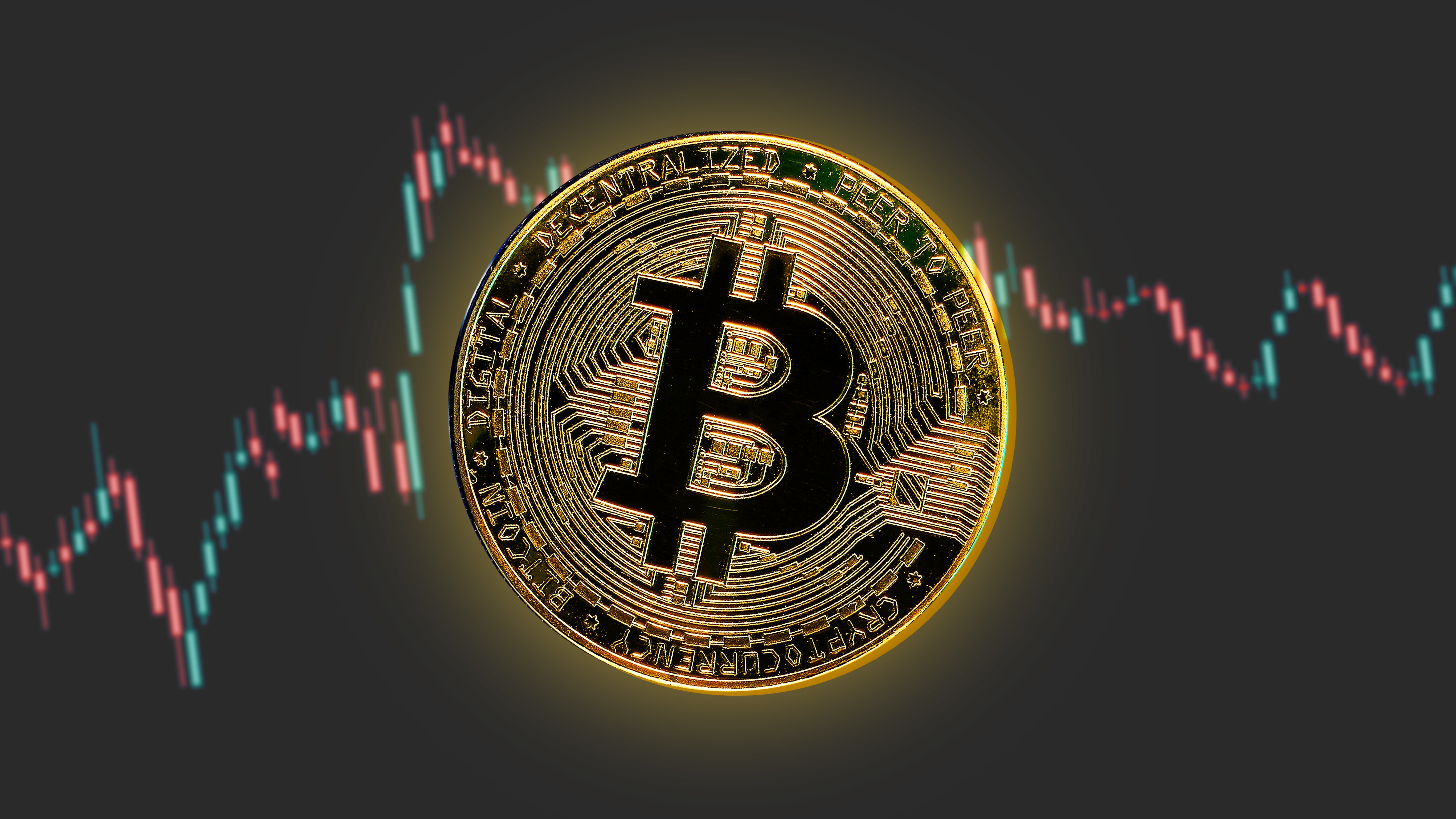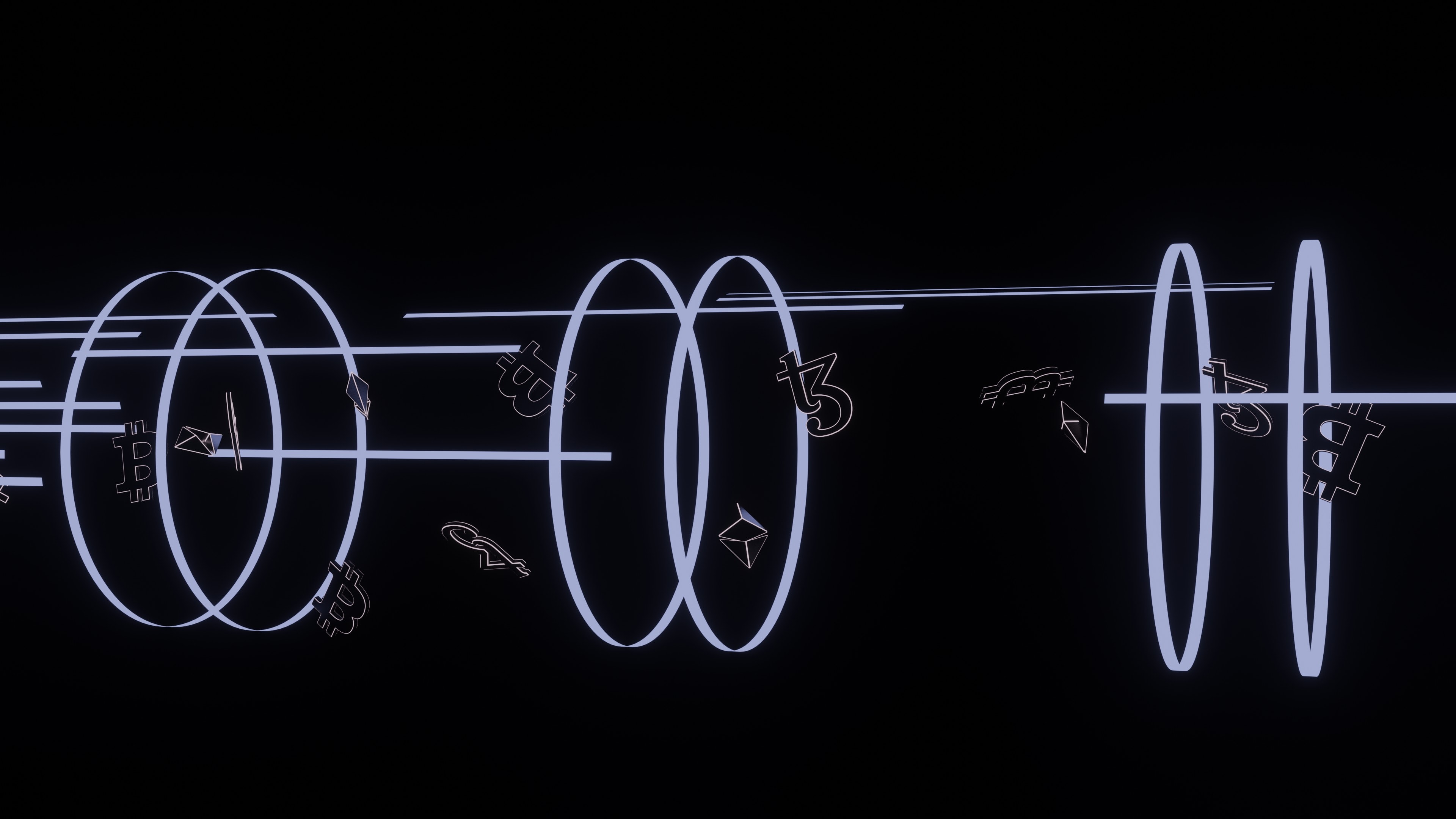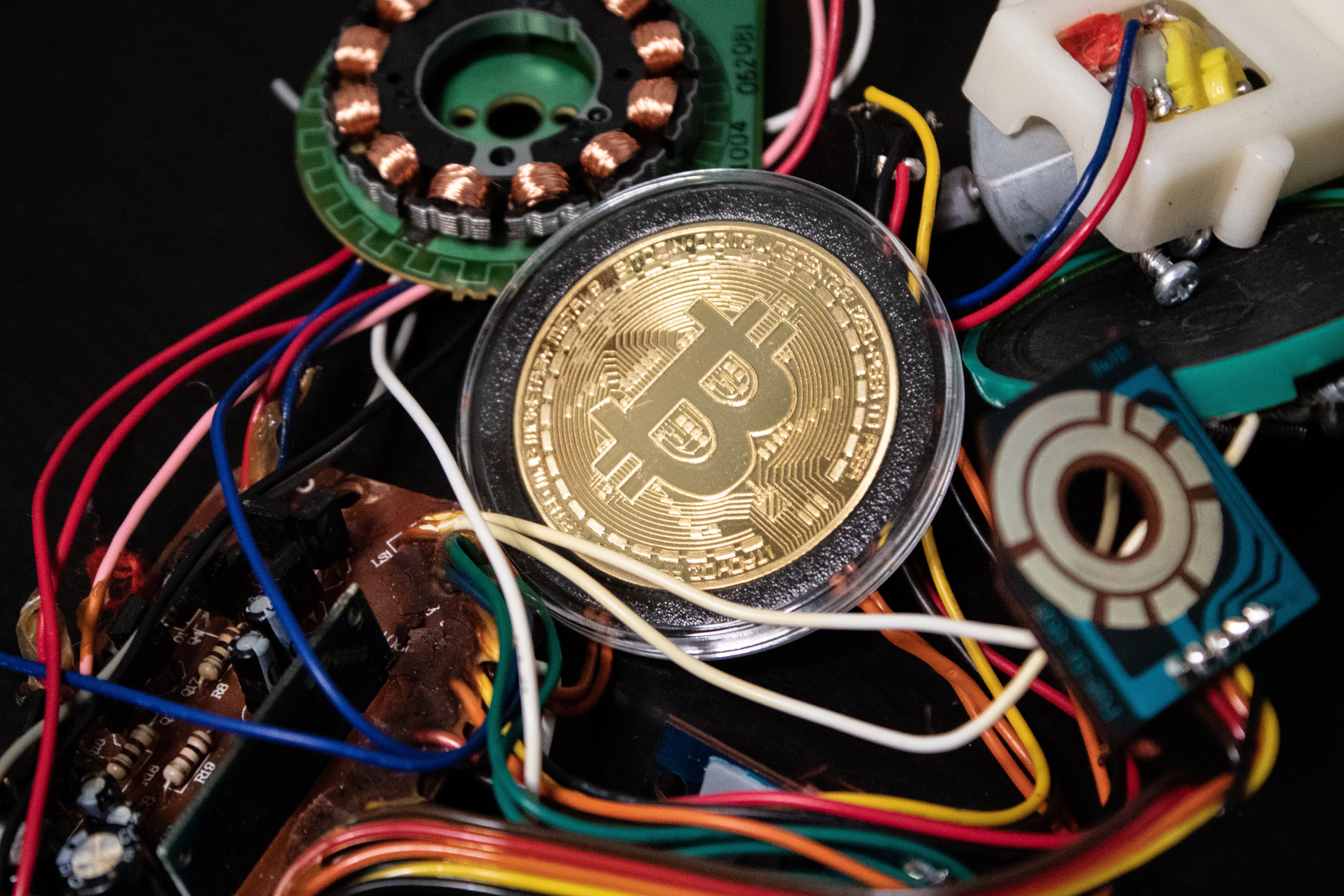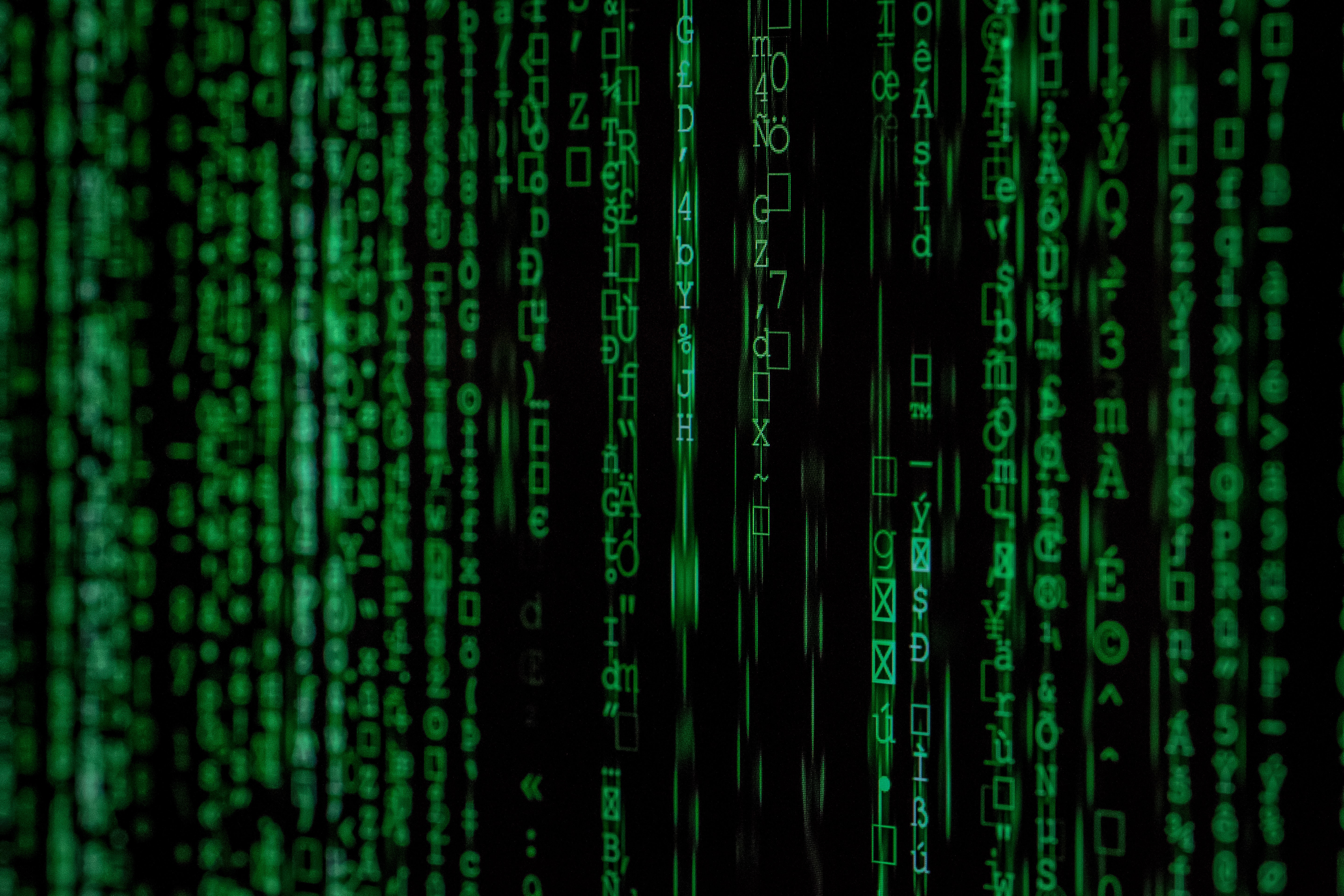The Power of DeFi: Decentralise Your Financial Future

Content Table:
2. What is Decentralised Finance (DeFi)?
5. How to Use Decentralised Finance to Grow Your Wealth
1. Introduction

Decentralised finance, or DeFi for short, is a rapidly growing ecosystem that is disrupting traditional financial systems. It is based on blockchain technology, and its decentralised nature eliminates the need for intermediaries such as banks, insurance companies, and other financial institutions.
In this article, we will explore the future of DeFi and how you can use it to grow your wealth. We will cover everything from the basics of DeFi to the potential risks and rewards of investing in this space. So, let's dive in.
2. What is Decentralised Finance (DeFi)?

Decentralised finance is a blockchain-based financial system that allows people to lend, borrow, trade, and invest in cryptocurrencies without the need for intermediaries such as banks. It operates on a peer-to-peer (P2P) network, where users can interact directly with each other, without the need for a central authority.
3. The Advantages of Decentralised Finance (DeFi)

Decentralised finance has several advantages over traditional financial systems, including:
- Transparency: All transactions on the DeFi network are recorded on a public ledger, making them transparent and verifiable.
- Security: Decentralised finance is built on top of blockchain technology, which is highly secure and resistant to fraud.
- Accessibility: Anyone with an internet connection can access the DeFi network, regardless of their location or background.
- Low fees: DeFi transactions are typically cheaper than traditional financial transactions, as they do not involve intermediaries such as banks.
4. The Risks of Decentralised Finance (DeFi)

While decentralised finance offers several advantages, it is important to be aware of the risks involved. These risks include:
- Smart contract risk: DeFi protocols are built on top of smart contracts, which are self-executing pieces of code. If there is a bug or vulnerability in the smart contract, it can be exploited by attackers.
- Market risk: The value of cryptocurrencies is highly volatile, and the value of your investments can fluctuate rapidly, which is why stable coins are useful in DeFi.
- Liquidity risk: Some DeFi protocols may not have sufficient liquidity, which can make it difficult to buy or sell cryptocurrency on the platform.
- Regulatory risk: Decentralised finance is a new and rapidly evolving field, and there is a risk that regulators may introduce new regulations that could impact the industry, ergo your finances.
Prior to investing in any Decentralised Finance (DeFi) protocol, it is important to understand the associated risks and conduct thorough research. DYOR before making any investment decisions in DeFi.
5. How to Use Decentralised Finance (DeFi) to Grow Your Wealth

Decentralised finance offers several opportunities for users to grow their wealth, including:
- Yield farming: Yield farming is a process in which users provide liquidity to a DeFi protocol in exchange for rewards. These rewards can be in the form of tokens or interest.
- Staking: Staking is a process in which users hold a certain amount of a cryptocurrency and lock it up in a smart contract. In exchange, they receive rewards in the form of additional cryptocurrency.
- Lending and borrowing: DeFi protocols allow users to lend and borrow cryptocurrencies without the need for intermediaries. Users can earn interest on their cryptocurrency holdings by lending them out, while borrowers can access capital without going through a traditional bank.
6. How to Get Started with Decentralised Finance (DeFi)

Getting started with DeFi can seem daunting, but it is actually quite simple. Here are the basic steps:
- Get a cryptocurrency wallet: You will need a cryptocurrency wallet to store your digital assets. There are many wallets available, so be sure to choose one that supports the cryptocurrencies you want to use.
- Buy cryptocurrency: You can buy cryptocurrency on a cryptocurrency exchange or through a peer-to-peer marketplace. Be sure to choose a reputable exchange and to conduct thorough research before making a purchase.
- Choose a DeFi protocol: There are many DeFi protocols available, so be sure to choose one that aligns with your investment goals and risk tolerance.
- Provide liquidity, stake, or lend: Depending on the protocol you choose, you may need to provide liquidity, stake your cryptocurrency, or lend it out to earn rewards.
7. The Future of Decentralised Finance (DeFi)

The DeFi ecosystem is growing rapidly, and many experts believe that it has the potential to disrupt traditional financial systems.
According to a report by CoinGecko, the total value locked (TVL) in DeFi protocols has increased from $0.6 billion in 2019 to $84.7 billion in 2021. This exponential growth is expected to continue in the coming years, as more people discover the benefits of DeFi.
The future of DeFi is also closely tied to the development of blockchain technology. As blockchain technology continues to evolve, it is likely that we will see more sophisticated DeFi applications, such as growingly sophisticated decentralised exchanges (DEXs), prediction markets, and insurance protocols.
These applications have the potential to offer even greater benefits to users, including increased security, lower fees, and greater accessibility.
8. Conclusion
Decentralised finance is a rapidly growing industry that has the potential to disrupt traditional financial systems. By leveraging blockchain technology, DeFi offers users increased transparency, security, accessibility, and lower fees.
However, it is important to be aware of the risks involved, including smart contract risk, market risk, liquidity risk, and regulatory risk.
If you are interested in using DeFi to grow your wealth, there are several strategies you can use, including yield farming, staking, and lending and borrowing. By conducting proper research and choosing a reputable protocol, you can begin to benefit from the advantages of DeFi.
9. FAQs
- What is the difference between decentralised finance and traditional finance?
- Decentralised finance operates on a peer-to-peer network without the need for intermediaries such as banks, while traditional finance relies on central authorities to facilitate transactions.
- What are the benefits of decentralised finance?
- Decentralised finance offers increased transparency, security, accessibility, and lower fees than traditional financial systems.
- What are the risks of decentralised finance?
- The risks of decentralised finance include smart contract risk, market risk, liquidity risk, and regulatory risk.
- How can I get started with decentralised finance?
- To get started with decentralised finance, you will need a cryptocurrency wallet, cryptocurrency, and a DeFi protocol to invest in.
- Is decentralised finance the future of finance?
- Many experts believe that decentralised finance has the potential to disrupt traditional financial systems and become the future of finance.
Stay up to date with us:
- Twitter: https://twitter.com/B4Real_Official
- Facebook: https://www.facebook.com/b4realofficial
- Discord: https://discord.gg/PaWFVngZ
- Telegram: https://t.me/blacktiedigital
- Youtube: https://www.youtube.com/BlackTieDigitalOfficial
- Spotify: https://open.spotify.com/show/7JB76wKfBNBwBU7tCi61QP?si=mjAX8CVCRvakDLZgEGIYzw


